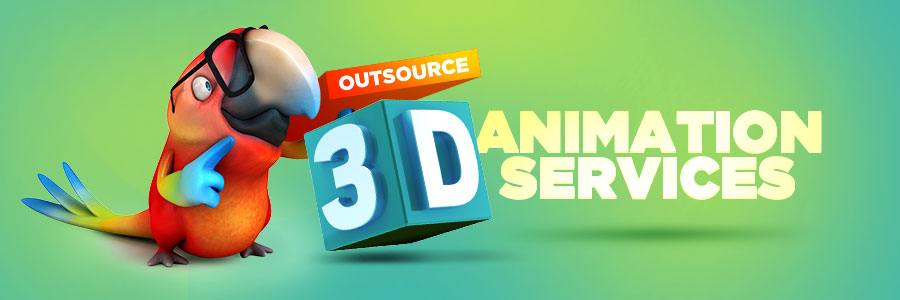
Introduction
Animation has become an integral part of modern storytelling, marketing, and entertainment. When deciding between 2D and 3D animation, it’s essential to understand their unique characteristics, advantages, and limitations to determine which aligns best with your project’s goals.
Understanding 2D Animation
2D animation involves creating movement in a two-dimensional space, utilizing characters and environments with height and width. This traditional form of animation has been popular for decades and remains widely used due to its simplicity and effectiveness.
Advantages of 2D Animation
- Cost-Effectiveness: Producing 2D animations generally requires fewer resources and less time than 3D animations, making it a budget-friendly option for many projects.
- Quicker Production Time: The straightforward nature of 2D animation allows for faster turnaround times, which is beneficial for projects with tight deadlines.
- Artistic Flexibility: 2D animation offers extensive creative freedom, enabling artists to experiment with various styles and techniques to convey unique visual narratives.
- Ease of Updates and Maintenance: Modifying 2D animations is relatively simple, facilitating updates or changes without extensive rework.
Limitations of 2D Animation
- Less Realism: 2D animations lack the depth and realism that 3D animations can provide, which may be a drawback for projects requiring lifelike representations.
- Limited Dynamic Perspectives: Depicting complex movements or multiple angles can be challenging in 2D, potentially restricting the scope of visual storytelling.
- Potential for Redundancy: Without innovative design approaches, 2D animations may appear repetitive or less engaging compared to their 3D counterparts.
Exploring 3D Animation
3D animation involves creating characters and environments in a three-dimensional space, adding depth to height and width. This technique has gained prominence for its ability to produce realistic and immersive visuals. When seeking advanced 3D visuals, you might consider using an animation service online that specializes in these complex, dynamic projects.
Advantages of 3D Animation
- Enhanced Realism and Immersion: The added depth in 3D animation creates lifelike and engaging visuals, making it ideal for projects aiming for a realistic portrayal. Dynamic Camera Movements: 3D animation allows for versatile camera angles and movements, offering dynamic perspectives that enrich storytelling.
- Reusability of Assets: Once created, 3D models can be reused and adapted for various projects, enhancing efficiency and consistency across different media.
Strong Return on Investment (ROI): Despite higher initial costs, 3D animations can provide significant ROI due to their engaging nature and potential to captivate audiences.
Limitations of 3D Animation
- Higher Production Costs: The complexity of 3D animation often requires more resources, specialized software, and skilled professionals, leading to increased expenses.
- Longer Development Time: Creating detailed 3D animations is time-intensive, which may not be suitable for projects with tight schedules.
- Technical Challenges: Achieving the desired quality in 3D animation demands advanced technical expertise and can present challenges in rendering and modeling.
Factors to Consider When Choosing Between 2D and 3D Animation
- Project Objectives: Determine the goals of your project. For straightforward, cost-effective storytelling, 2D may suffice. For immersive, detailed narratives, 3D could be more appropriate.
- Budget Constraints: Assess your financial resources. Limited budgets may lean towards 2D animation, while larger budgets can accommodate the expenses of 3D production.
- Target Audience: Consider the preferences of your audience. Younger demographics might appreciate the modern feel of 3D, whereas 2D could appeal to those with a penchant for classic animation styles.
- Brand Identity: Align the animation style with your brand’s image. A playful brand might benefit from 2D’s simplicity, while a tech-savvy brand could leverage 3D’s modern aesthetics. Platform and Distribution: Think about where the animation will be showcased. Social media platforms may favor shorter 2D animations, while presentations or product demos might benefit from detailed 3D visuals.
Combining 2D and 3D Animation
In some cases, integrating both 2D and 3D animation can yield innovative and engaging results. This hybrid approach leverages the strengths of both styles, offering a unique visual experience that can cater to diverse project needs.
Conclusion
Both 2D and 3D animations offer distinct advantages and challenges. Your choice should be guided by your project’s objectives, budget, audience, and brand identity. By carefully evaluating these factors, you can select the animation style that best brings your vision to life and effectively communicates your message.





